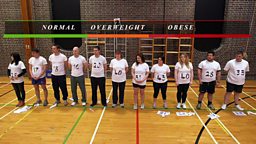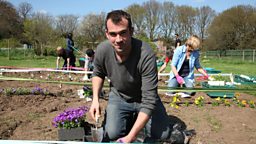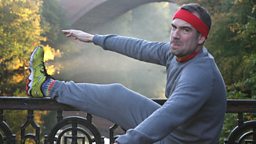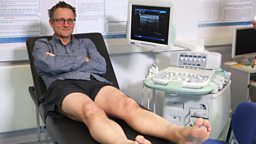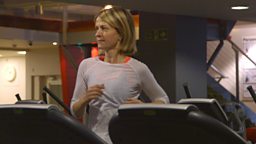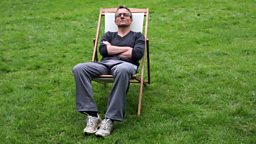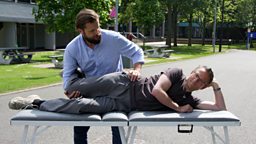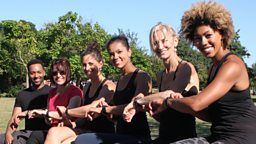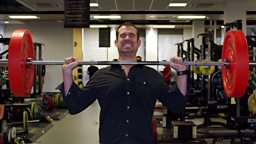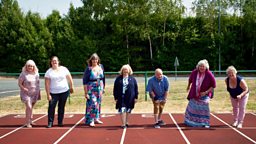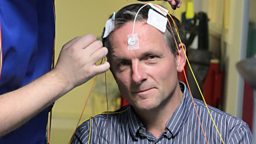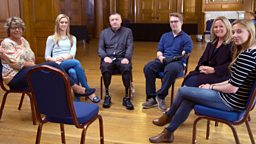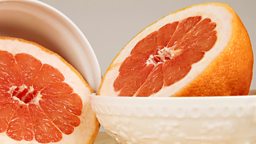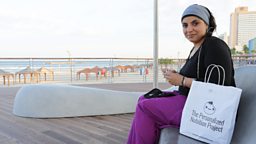Can I avoid, or treat, arthritis?
Arthritis is a common condition that causes pain and inflammation in joints, but are there things we can do about it? And is there any truth to the old wives’ tale that it can be affected by the weather?
The two most common types of arthritis are osteoarthritis, which affects 8 million people in the UK, and rheumatoid arthritis, which is a problem for more than 400,000 adults and could be impacting as many as 300,000 more of us without us realising.
Osteoarthritis
Osteoarthritis (OA) is caused by basic wear and tear which damages the cartilage in joints, causing stiffness and pain.
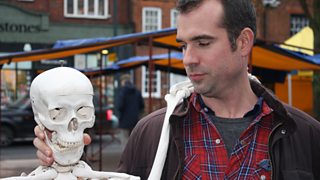
We have a fluid in our joints called synovial fluid, and when our joints aren’t moving, this can leak out – it actually seems to be the action of moving a joint that helps pull it back in. Hence, not using a joint for long periods of time can make you more vulnerable to osteoarthritis. This is compounded by not exercising the muscles around the joint, which help strengthen it. Over time, without enough lubricating fluid, our cartilage can wear away causing bones in the joints to rub together.
To help avoid it – or make the pain of arthritis less bad – there are some simple, daily exercises you can try that might help. They’re all geared towards strengthening the muscles around the joint by getting it moving and can be done easily at home, even while relaxing or watching the TV. These have been designed especially by Prof Philip Conaghan at Leeds University (PDF downloads).
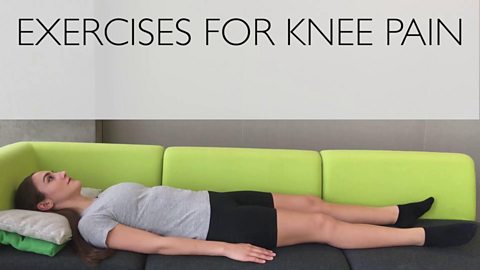
Exercises to help improve knee pain
Exercises to help improve knee pain
Rheumatoid arthritis
Rheumatoid arthritis (RA), has nothing to do with physical wear and tear. It’s a long term auto immune condition in which the body’s immune system wrongly attacks its own healthy cells, causing pain and swelling in multiple joints.
RA can’t be cured but it can be slowed down and minimised if is started within three months of the first symptoms. This is why it’s important to identify rheumatoid arthritis as early as possible and to do this you need to look out for the ‘S Factor’:
- Stiffness – Do you have early morning stiffness that persists for more than 30 minutes and in some cases lasts into the day?
- Swollen – Do you have swelling around the joints and are they hot to touch?
- Squeeze – Is the affected joint painful when you squeeze it?
If the answer to all these questions is yes, visit your GP as soon as possible.
OA Additional Exercises
Sufferers from OA should avoid high impact exercises, as they aggravate the affected joint.
Recommended activities include:
- Walking
- Cycling
- Swimming – including walking and exercising in the water
- Low impact gym equipment – cross trainers etc
- T’ai chi has also been shown to be helpful at reducing the pain from osteoarthritis
Hips
Leg Swings
Simply hold onto the edge of the pool, or the wall if you’re on land, and gently swing your leg out to the side, alternating sides.
The pool is particularly good for this, because the buoyancy assists you and you get a better range of motion, and you also have resistance from the water that makes your muscles do more work.
Leg Extensions
In the same position, extend your leg gently backward, alternating legs.
Care should be taken with this one, as over-extending the leg can lead to injury.
Knees
Knee rocks
Get down on one knee as if you’re proposing marriage (with a soft mat underneath to cushion your knees).
Rock gently forward, keeping your shoulders straight.
This stretches the front of the knee while protecting the lumbar spine.
Make sure your knee does not extend past your toes as this can strain the knee.
Straight leg raises
Sit in a chair, straighten one leg, and raise it straight out in front of you. Alternate legs.
Leg curls
Lie on the floor on your stomach, and gently bend your heel back toward your buttocks, making sure to keep your hips on the ground.
What about the weather?
An ongoing mystery surrounding arthritis is its alleged link with the weather. Many sufferers have reported that their joints become stiffer and more swollen when rain is on the way, whereas warm, dry conditions have been said to help. But is this just an old wives’ tale or could there be something in it?
Well, with your help, experts at the University of Manchester could be about to find out. Dr Will Dixon is leading a study in which arthritis suffers can log information about the intensity of symptoms through an app on their smartphones. The phone’s GPS will allow the experts to match these reports with the local weather, so once enough data has been gathered they will be able to see if there are any interesting correlations.
